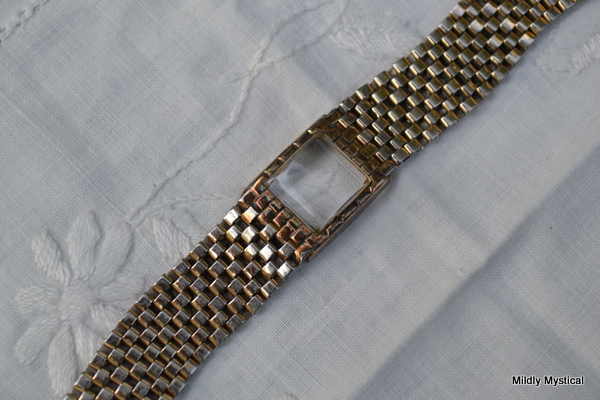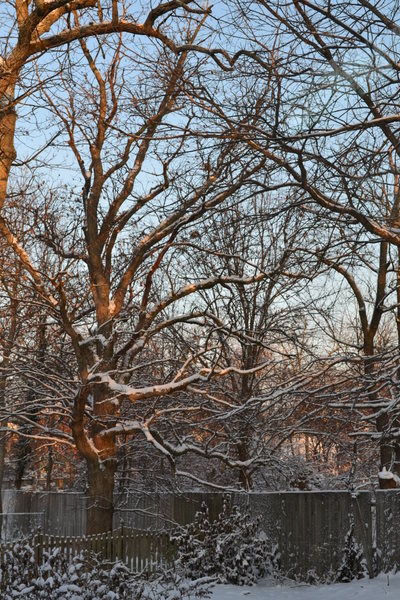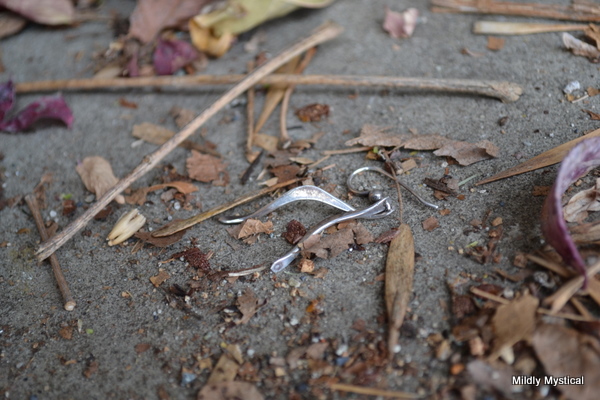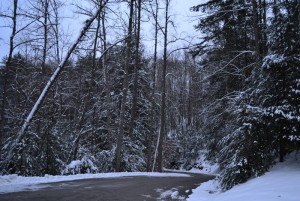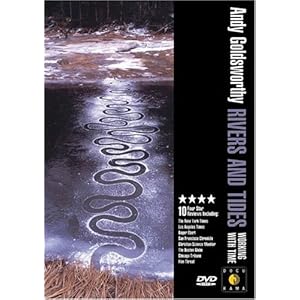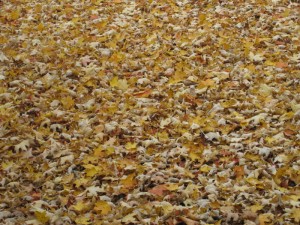Still on the vintage jewelry kick, I recently brought home a box from an estate sale for $10. It looked to me like there were treasures among its contents, and finding them is fun. A watch with a band made of tiny links was one of the things that charmed me. Even with its worn finish it’s a lovely, well-made piece that feels good against my wrist. I’m looking for the right way to make it into a bracelet.
I popped out the watchworks and face, leaving just the crystal. I knew that as long as the face remained I would keep wanting it to tell the time. But the design of the bracelet and my own long habits keep me glancing at that clear window expecting something to be there. Something important should occupy that space, but I haven’t figured out what. It needs to reflect light if it’s going to be visible. A pearl shows up well, but that’s not the answer.
Without a focus on time, how to decide? If not the minutes and hours, what’s worth framing? worth watching?
A few weeks ago I wrote about a watch that suspends time. I could wear this one with its empty crystal and accomplish the same thing, but without the option of an instant return to temporal reality—or at least measuring it.
I like the idea of a mechanism that keeps track of the changing tides on my favorite beach, or represents the orbits of planets around the sun, or the spiraling of the Milky Way. Not that I’ve seen such a watch, but it’s appealing to consider time on a more cosmic level.
In the meantime, the crystal is a window onto the skin of my wrist when I put it on—it reads a hair past a freckle as they say. I could leave it that way as a reminder to simply be in my own skin, to not be overly concerned with schedules. But I’m still looking for another idea.
What would you place behind the crystal?

